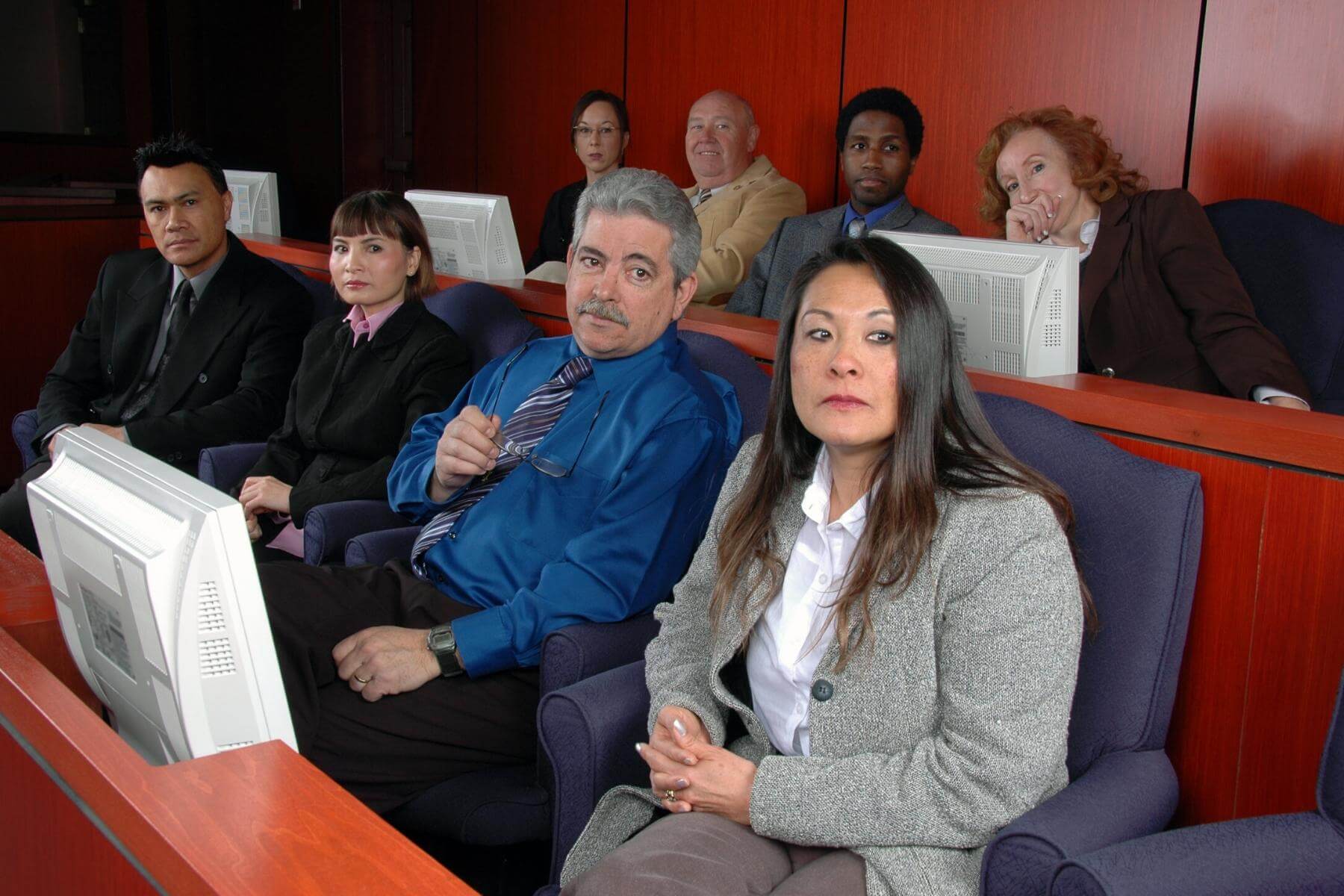Access professional trial presentations for a stronger case.
Access professional trial presentations for a stronger case.
Blog Article
How Test Presentations Enhance Your Argument and Encourage Jurors
Trial discussions offer as an essential system for enhancing lawful debates and persuading jurors. The strategic usage of visuals not only clears up complicated details but also captures jurors' attention more properly than words alone.

Importance of Aesthetic Aids
Aesthetic aids play a critical function in improving the effectiveness of test presentations, as they can significantly raise audience involvement and retention of details. In the context of a test, where jurors are entrusted with handling complex information, visual help serve to simplify and make clear key points. Charts, charts, and images can share data and ideas that may or else bewilder or confuse jurors, enabling an extra straightforward understanding of the proof presented.
In addition, aesthetic aids assist in maintaining juror interest throughout the process. By damaging the uniformity of spoken testament, these tools can stress critical debates, making them extra unforgettable. Efficient aesthetic help can also stimulate psychological responses, which can be crucial in persuading jurors to align with the presenter's narrative.

Crafting Engaging Narratives
An engaging story is essential in trial presentations, as it acts as the foundation of effective persuasion. It enables lawyers to weave with each other truths, evidence, and emotional aspects right into a coherent story that resonates with jurors. This narrative structure enables jurors to comprehend the intricacies of the instance while leading them through the lawyer's disagreement.
To craft an engaging story, lawyers should concentrate on clarity and comprehensibility. This involves developing a clear protagonist-- often the client-- and outlining their trip via the events in inquiry. Offering the facts in a rational sequence improves understanding and preserves interaction. Additionally, using vibrant descriptions can create psychological images that aid jurors envision the occasions, making the story a lot more memorable.
Moreover, integrating essential themes throughout the discussion reinforces the core message and aids in retention - trial presentations. The narrative should not only communicate information but likewise stimulate a sense of justice, highlighting the risks involved. Eventually, a sound story cultivates a connection between the jurors and the situation, placing the lawyer's disagreement as both reputable and engaging, consequently raising the possibility of a beneficial decision

Involving the Jury Emotionally
Effective jury engagement rests on the lawyer's capability to get in touch with jurors on an emotional degree. This link can considerably impact jurors' assumptions and their supreme decision-making. Utilizing sob stories enables lawyers to humanize the instance, transforming abstract lawful principles into relatable experiences. By presenting real-life tales or endorsements, attorneys can stimulate empathy and concern, fostering a much deeper understanding of the problems at risk.
Visual help, such as photos or videos, can better enhance psychological interaction, giving jurors with brilliant depictions of the instance's human aspects. Crafting my site a story that highlights the battles and triumphs of the individuals included makes sure that jurors see beyond the lawful arguments and acknowledge the human repercussions of their choices.
An attorney's passionate shipment can resonate with jurors, strengthening their psychological investment in the situation. It's necessary to balance emotional allures with valid evidence, making sure that jurors feel obliged to act while continuing to be based in the reality.
Structuring Your Presentation

The body of the presentation should be rationally segmented right into bottom lines, each sustained by engaging proof. It is helpful to utilize storytelling techniques to weave facts right into a story that jurors can quickly comply with. Visual aids, such as charts and video clips, can enhance comprehension and interaction, helping to highlight essential pieces of evidence.
Real-World Instance Research Studies
Examining real-world study supplies very useful insights into the art of test presentations and persuasion. For instance, the site instance of "O.J. Simpson v. The Individuals of The golden state" illustrates exactly how visual help and engaging here narratives can persuade court understandings. The defense team efficiently utilized a method that integrated high-profile specialist testimonies with multimedia discussions, which astounded jurors and ultimately influenced their choice.
Another notable instance is the "McDonald's Coffee Situation," where the plaintiff's attorneys used graphic photos of the injuries endured by Stella Liebeck. trial presentations. This plain visual evidence played a critical role in communicating the intensity of her burns, resulting in a significant jury award. Such situations show that impactful trial presentations frequently pivot on the effective integration of visuals and storytelling to evoke emotional feedbacks see from jurors
Furthermore, the "Casey Anthony Test" highlighted the significance of narrative comprehensibility and reputation. The prosecution's failure to develop an engaging timeline lessened their influential power, emphasizing the need of a well-structured discussion. Assessing these instances exposes that effective test presentations require tactical preparation, psychological interaction, and the ability to reverberate with jurors' values and beliefs.
Conclusion
Test presentations substantially enhance arguments and encourage jurors through the calculated use of visual aids, compelling stories, and psychological interaction. A well-structured presentation equilibriums psychological appeals with accurate proof, ultimately resonating with jurors' values.
Report this page